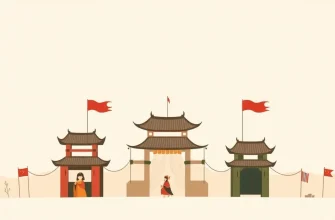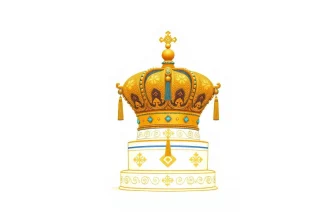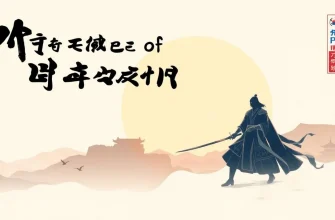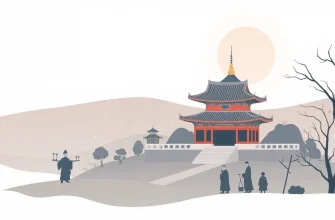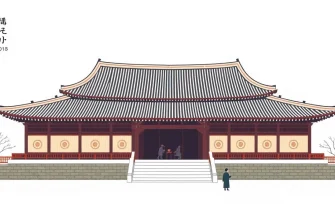Delving into the past, these films offer a window into the ancient Korean cities, showcasing their historical significance, cultural richness, and the dramatic events that shaped their destinies. From epic tales of love and war to the intricate politics of the Joseon era, this collection provides a vivid portrayal of Korea's storied past, making it a must-watch for history buffs and cinephiles alike.

Masquerade (2012)
Description: Set in the Joseon Dynasty, this film tells the story of a king who swaps places with a commoner, exploring themes of identity, power, and the human condition within the historical context of Seoul.
Fact: The film was praised for its historical accuracy in depicting the architecture and costumes of the era.
 Watch Now
Watch Now 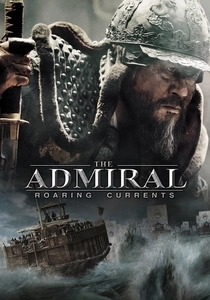
The Admiral: Roaring Currents (2014)
Description: While not directly about a city, this film focuses on the Battle of Myeongnyang, a pivotal naval battle during the Imjin War, reflecting the spirit of ancient Korea's maritime defense.
Fact: It became the highest-grossing film in South Korea, surpassing even Hollywood blockbusters.
 Watch Now
Watch Now 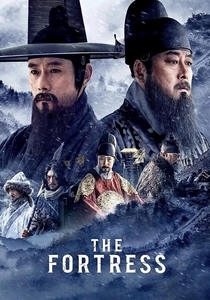
The Fortress (2017)
Description: Set during the Qing invasion of Joseon, this film captures the desperate defense of the Namhansanseong fortress, showcasing the resilience and strategic thinking of the Korean people.
Fact: The film was shot on location at the actual Namhansanseong fortress, providing an authentic backdrop.
 Watch Now
Watch Now 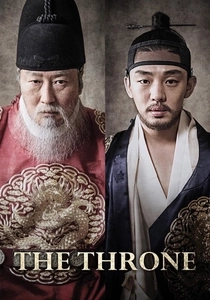
The Throne (2015)
Description: This movie delves into the tragic relationship between King Yeongjo and his son, Crown Prince Sado, set against the backdrop of the Joseon Dynasty, offering a poignant look at royal family dynamics.
Fact: It was based on the real historical event known as the "Rice Chest Incident," where Crown Prince Sado was ordered to commit suicide by starvation.
 Watch Now
Watch Now 
The Last Princess (2016)
Description: This film follows the life of Princess Deokhye, the last princess of the Korean Empire, offering insights into the turbulent times of Japanese occupation and the royal family's struggle.
Fact: The film was shot in both Korea and Japan, reflecting the princess's life journey.
 30 Days Free
30 Days Free 
The Face Reader (2013)
Description: Set in the Joseon Dynasty, this film explores the art of physiognomy, with the protagonist's ability to read faces leading him into the political intrigue of the royal court.
Fact: The film was a major box office success, partly due to its unique premise and the compelling performances.
 30 Days Free
30 Days Free 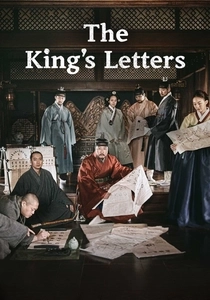
The King's Letters (2019)
Description: This film tells the story of King Sejong's creation of the Korean alphabet, Hangul, showcasing the cultural and political landscape of the Joseon Dynasty.
Fact: It was praised for its educational value, providing insights into the development of Hangul.
 30 Days Free
30 Days Free 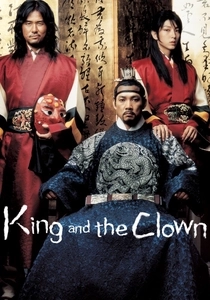
The King and the Clown (2005)
Description: This film transports viewers to the Joseon Dynasty, focusing on the lives of two clowns who perform for the king, highlighting the political intrigue and the societal norms of the time.
Fact: It was one of the highest-grossing films in South Korea, and it sparked a national conversation about homosexuality due to its portrayal of a same-sex relationship.
 30 Days Free
30 Days Free 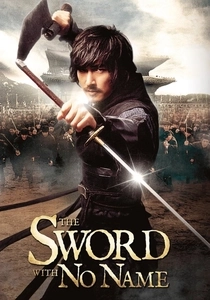
The Sword with No Name (2009)
Description: This film portrays the life of Empress Myeongseong, focusing on her political maneuvers and the tragic end of her reign, set in the late Joseon Dynasty.
Fact: It was one of the few films to depict the life of Empress Myeongseong, offering a rare glimpse into her perspective.
 30 Days Free
30 Days Free 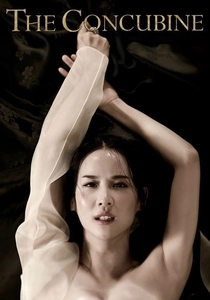
The Concubine (2012)
Description: Set in the Joseon Dynasty, this film explores the life of a concubine caught in the power struggles of the royal court, reflecting the societal norms and the harsh realities of palace life.
Fact: The film was noted for its lavish production values and the intense performances by its cast.
 30 Days Free
30 Days Free 

